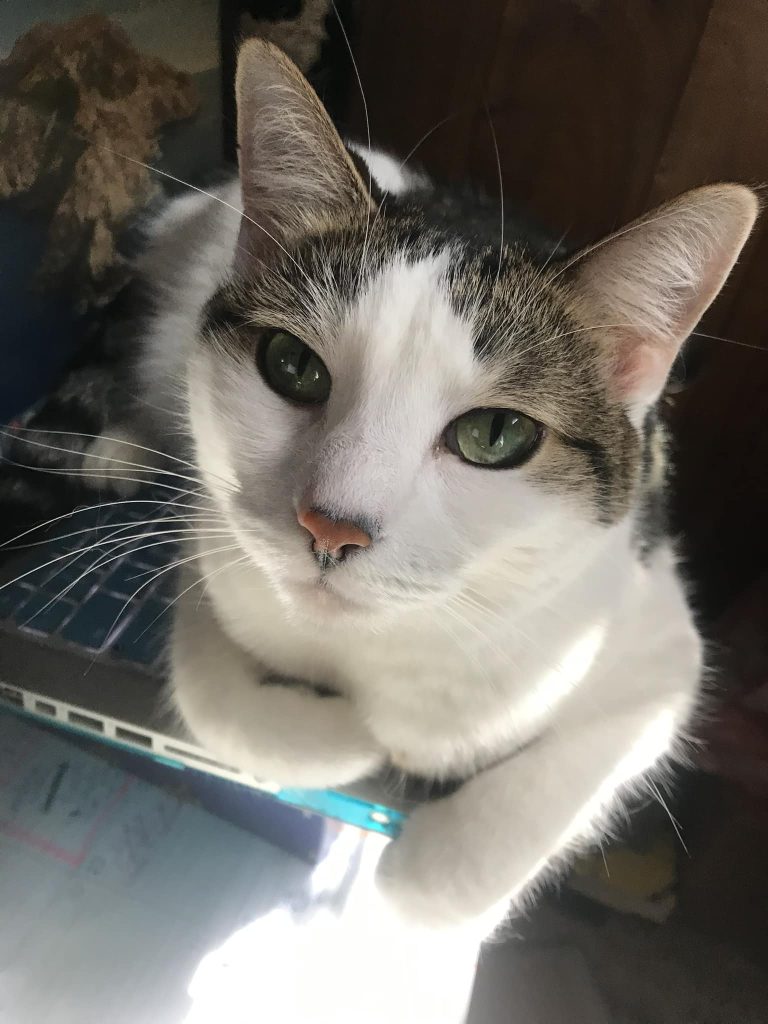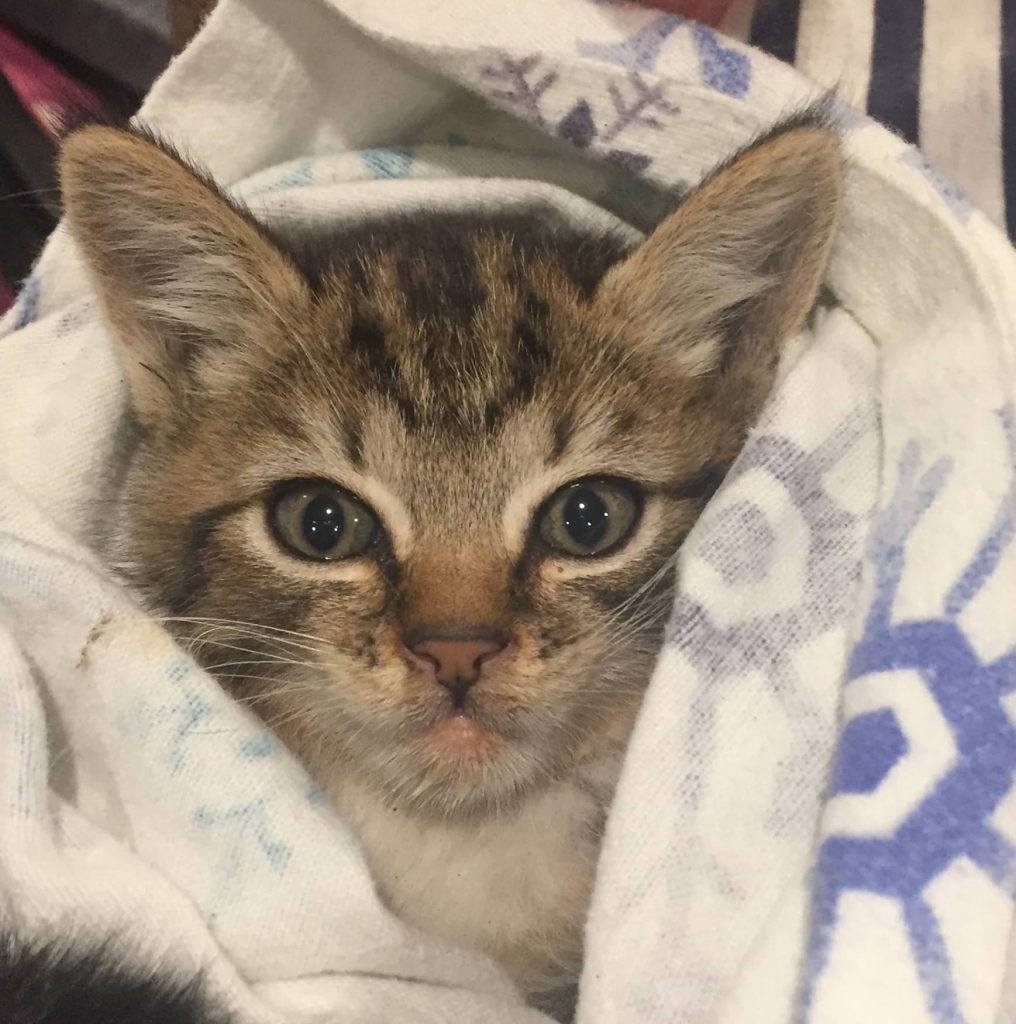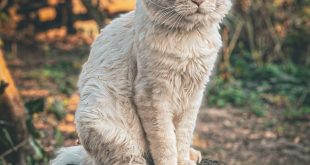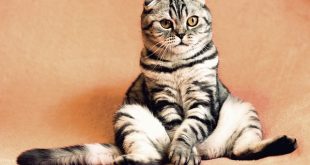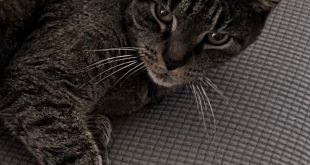As cat owners, we often become concerned when our feline companions exhibit changes in their eating habits. When a cat starts eating less but continues to behave normally, it can be puzzling and may raise questions about their health and well-being.
We will explore the possible reasons behind a cat’s decreased appetite while displaying normal behavior, as well as provide guidance on when to seek veterinary assistance.
Reasons for Decreased Appetite:
Environmental Factors: Cats are sensitive creatures, and changes in their environment can affect their appetite. Factors such as a recent move, introduction of a new pet, or changes in their routine may contribute to a temporary loss of appetite. Observe your cat’s behavior and look for any recent changes that could be causing stress or anxiety.
Dental Issues: Cats commonly experience dental problems such as tooth decay, gum disease, or oral infections, which can make eating uncomfortable or painful. While a cat with dental issues may eat less, they may still behave normally in other aspects of their daily routine.
Food Preferences: Cats can be finicky eaters with specific preferences. If you have recently changed your cat’s diet or introduced a new brand or flavor of food, they may be expressing their dislike by eating less. Monitor their response to different food options to identify any preferences they may have.
Seasonal Changes: Cats, like humans, can experience changes in appetite during different seasons. In hotter months, cats may naturally eat less due to decreased activity levels and higher temperatures. As long as your cat is maintaining a healthy weight and showing no other signs of illness, a decreased appetite during the summer may be normal.
When to Seek Veterinary Assistance:
While a decreased appetite coupled with normal behavior may not always be a cause for alarm, it is crucial to remain vigilant and watch for any additional symptoms that could indicate an underlying health issue. Consult your veterinarian if:
The decrease in appetite persists for more than 24-48 hours without any improvement.
Your cat displays other signs of illness, such as vomiting, diarrhea, lethargy, or sudden weight loss.
There are noticeable changes in behavior, including excessive hiding, aggression, or increased thirst.
You observe any physical abnormalities like swollen glands, difficulty swallowing, or excessive drooling.
Tips to Encourage Eating:
If your cat’s decreased appetite continues, there are some measures you can take to encourage eating:
Offer a variety of high-quality cat foods, including wet and dry options, to entice their interest.
Warm up their food slightly to enhance the aroma, making it more appealing.
Ensure their feeding area is calm, quiet, and free from distractions.
Schedule regular play sessions to stimulate their appetite and maintain their overall well-being.
Provide fresh water and clean the water bowl regularly.
When your cat isn’t eating as much but continues to act normally, it can be a perplexing situation.
While there can be several reasons for a decreased appetite, such as environmental factors, dental issues, food preferences, or seasonal changes, it is essential to remain observant and monitor their overall health.
If your cat’s appetite does not improve or is accompanied by other concerning symptoms, it’s always best to consult your veterinarian for a thorough examination and appropriate guidance.
Remember, early intervention is key to maintaining your cat’s health and happiness.
Why New Cat Not Eating Much but Behaving Normally?
Bringing a new cat into your home is an exciting time, but it can also be accompanied by challenges and uncertainties. One common concern is when a new cat isn’t eating much despite displaying normal behavior. In this article, we will explore potential reasons behind a new cat’s decreased appetite and provide guidance on how to help them adjust to their new environment.
Adjustment Period for New Cats:
It’s important to understand that cats, especially those that are newly adopted or introduced to a new home, require time to acclimate to their surroundings. This adjustment period can vary in length, with some cats adapting quickly while others may take weeks or even months. During this time, changes in eating habits can be expected.
Reasons for Decreased Appetite:
Stress and Anxiety: Cats are creatures of habit, and a change in their environment can cause stress and anxiety. When cats feel stressed, their appetite can be affected. Moving to a new home, being introduced to new people or animals, or experiencing unfamiliar smells and sounds can all contribute to decreased eating.
Fear of the Unknown: New environments can be overwhelming for cats. They may be cautious about exploring and may not feel comfortable eating until they feel secure. It’s essential to provide them with a safe and quiet space where they can retreat and feel at ease.
Food Transition: If you’ve recently adopted the cat from a shelter or received them from a previous owner, a sudden change in diet can lead to a loss of appetite. Cats can be particular about their food preferences, and a sudden switch in brands or flavors may result in initial resistance to eating.
Tips to Encourage Eating:
Create a Safe and Calm Environment: Set up a designated area for your new cat with their litter box, bed, and food and water bowls. Ensure this area is quiet, away from high foot traffic, and has minimal exposure to noise and commotion.
Offer Familiar Food: If possible, find out what type of food the cat was eating before and gradually transition to a new diet over time. Mixing a small amount of their previous food with the new one can help ease the transition and encourage them to eat.
Establish a Routine: Cats thrive on routine and predictability. Establish consistent feeding times and try to maintain a stable schedule for meals. This helps create a sense of security and normalcy for your new cat.
Provide Tempting Food Options: Experiment with different types of cat food, including wet and dry varieties, to find what your new cat prefers. Some cats have specific tastes and textures they enjoy, so offering a variety of options can entice them to eat.
Gradual Socialization: If you have other pets in the house, introduce them slowly and under controlled circumstances. Gradual socialization can help reduce stress and encourage a healthy appetite.
When to Seek Veterinary Assistance:
While some decrease in appetite is expected during the adjustment period, it’s crucial to monitor your new cat’s overall health and well-being. Contact your veterinarian if:
The decreased appetite persists for an extended period, typically beyond a week, or if there are signs of weight loss.
Your cat shows additional concerning symptoms such as vomiting, diarrhea, or lethargy.
There are signs of distress or unusual behavior, such as excessive hiding or aggression.
What is the reason when cat not eating food but eats treats?
Cats can be notorious for their selective eating habits, and it can be perplexing when your feline companion refuses to eat their regular food but readily consumes treats.
We will delve into the possible reasons behind a cat’s refusal to eat their main meals while still showing enthusiasm for treats. Understanding this behavior will help you navigate the situation and ensure your cat’s nutritional needs are met.
Reasons for Selective Eating:
Taste Preferences: Cats are known for their discerning palates, and they may simply prefer the taste and texture of treats over regular food. Treats often have more intense flavors and aromas, making them more appealing to a cat’s refined senses. Experimenting with different brands and flavors of cat food may help find options that align with your cat’s preferences.
Sensory Issues: Cats have sensitive whiskers and can be sensitive to the texture or temperature of their food. If your cat is refusing to eat their regular meals but enjoying treats, it’s possible that the texture or temperature of their food is causing discomfort. Observe if they show any signs of distress, such as pawing at their mouth or hesitating to eat.
Psychological Factors: Cats are intelligent creatures, and they may exhibit behavioral patterns to get their way. If your cat has learned that refusing regular food results in receiving more treats or additional attention, they may continue the behavior as a form of manipulation. This can create a cycle where the cat holds out for treats while ignoring their regular meals.
Medical Conditions: Some medical conditions can affect a cat’s appetite and cause them to be more selective about their food. Dental problems, gastrointestinal issues, or pain in the mouth or throat can make it uncomfortable for a cat to eat regular food but still allow them to enjoy softer and more palatable treats.
Tips to Encourage Healthy Eating:
Consult Your Veterinarian: If your cat consistently refuses to eat their regular food, it’s essential to rule out any underlying medical conditions. Schedule a visit with your veterinarian to evaluate your cat’s health and discuss any concerns regarding their eating habits.
Maintain a Consistent Feeding Schedule: Cats thrive on routine, and establishing a regular feeding schedule can help encourage them to eat their meals. Offer their food at the same times each day and remove any uneaten portions after a designated period to avoid spoiling.
Offer a Balanced Diet: Ensure that your cat’s regular food provides complete and balanced nutrition to meet their dietary requirements. Consult your veterinarian for recommendations on high-quality cat food that aligns with your cat’s nutritional needs.
Limit Treats: While treats can be a valuable tool for training and bonding with your cat, excessive treat consumption can lead to nutritional imbalances and weight gain. Limit treats to appropriate amounts and use them sparingly.
Enhance the Food’s Appeal: Experiment with different textures, temperatures, and flavors of cat food to find options that entice your cat. You can try warming the food slightly or adding a small amount of water or low-sodium chicken broth to enhance the aroma.
Cats can be finicky eaters, and it’s not uncommon for them to develop a preference for certain types of food.
If your cat has stopped eating dry food but continues to enjoy wet food, it can raise concerns about their nutritional intake. In this article, we will explore the possible reasons behind this change in preference and provide guidance on transitioning your cat from dry food to wet food while ensuring their nutritional needs are met.
Reasons for the Preference:
Texture and Palatability: Wet food often has a more appealing texture and aroma compared to dry food, which can make it more enticing for cats. The high moisture content in wet food can also be refreshing for cats, especially if they are not drinking enough water.
Dental Sensitivity: Cats with dental issues such as gum disease, tooth decay, or missing teeth may find it uncomfortable to chew on dry kibble. Wet food’s softer texture requires less chewing, making it a more comfortable option for cats with dental sensitivities.
Health Considerations: Some cats may have underlying health conditions that make wet food more suitable for their dietary needs. For example, cats with urinary tract issues or kidney disease can benefit from the higher moisture content in wet food to promote hydration.
Transitioning to Wet Food
Gradual Transition: If you decide to transition your cat from dry food to wet food, it’s important to do so gradually to avoid digestive upset. Start by mixing a small amount of wet food with the dry food, gradually increasing the proportion of wet food over a week or two until your cat is solely on wet food.
Experiment with Flavors: Offer your cat a variety of wet food flavors to find the ones they prefer. Cats can be particular about their tastes, so offering different options can help ensure they enjoy their meals.
Maintain Nutritional Balance: Wet food typically contains higher moisture content than dry food, but it’s important to ensure it provides complete and balanced nutrition. Look for high-quality wet cat food that meets the nutritional requirements recommended by veterinarians. Consult your veterinarian for specific dietary recommendations based on your cat’s age, health condition, and breed.
Encourage Hydration: To ensure your cat stays properly hydrated, provide fresh water in multiple locations around the house. Some cats may prefer running water, so consider using a cat water fountain to encourage them to drink more.
Monitor Weight and Health: As you transition to wet food, closely monitor your cat’s weight and overall health. If you notice any significant weight loss or signs of nutritional deficiencies, consult your veterinarian for guidance on adjusting the diet or considering supplements.
